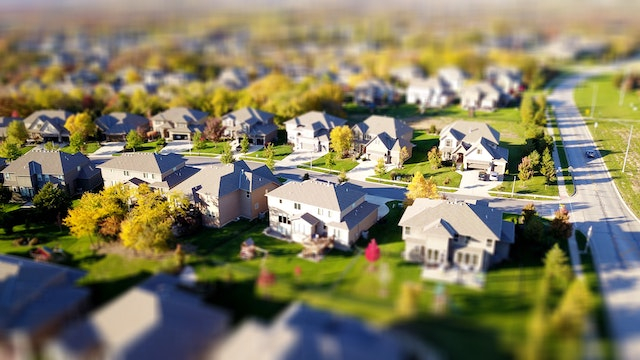As a tenant or landlord of commercial property, it’s crucial to have a solid grasp of CAM expenses. This includes understanding what expenses are covered, the differentiation between controllable and uncontrollable expenses, and the factors that affect CAM expenses; everything is explained in this article!
CAM Expenses and Type of Lease
CAM charges are the expenses tenants pay to cover the upkeep and maintenance of common areas in commercial properties. These expenses typically include lighting, snow removal, cleaning, landscaping, and other maintenance services required to keep the shared spaces in good condition.
By being proactive and staying informed about CAM reconciliation, commercial leases can be kept in good condition and function efficiently over time. There are various types of commercial leases, including:
-
Gross Lease
In the realm of commercial leases, a gross lease is one where the landlord is accountable for paying all property expenditures and CAM charges. Under a gross lease, tenants pay a set amount of rent every month, while the landlord assumes responsibility for all costs related to the property’s upkeep and maintenance.
-
Net Lease
Under a net lease, tenants are accountable for a portion of the property’s expenditures and CAM charges. These expenses are usually proportionally divided based on the tenant’s share of the entire square footage of the property.
-
Net Net Lease
A net lease, also referred to as a double net lease, is comparable to a net lease – but with added expenses in addition to CAM charges. Under a net lease, tenants are responsible for paying both CAM charges and property taxes. These extra expenses are generally proportionally distributed based on the tenant’s share of the overall square footage.
-
Triple Net Lease
The most prevalent form of commercial lease used in retail and office properties is a triple net lease, also known as a NNN lease. Under this type of lease, tenants are accountable for all expenses related to the property, which includes CAM charges, property taxes, insurance, and maintenance.
What is Included in CAM Charges?
CAM charges encompass various expenses associated with the upkeep and maintenance of shared spaces in commercial properties. Here are some of the most typical costs included in CAM charges:
-
Sidewalks
The expenses related to the upkeep and repair of sidewalks are typically included in CAM charges. This includes pressure washing, sweeping, and repairing any damage caused to the sidewalks.
-
Lawn Care And Landscaping
CAM charges generally include lawn maintenance and landscaping in shared areas. This includes services like trimming, mowing, and pruning trees and plants, as well as planting and fertilizing new landscaping as needed.
-
Parking Lot Maintenance
CAM charges usually cover the expenses related to the maintenance of parking lots, including maintaining lighting, repairing potholes, and repainting lines.
-
Utilities
The inclusion of utility expenses, such as gas, water, and electricity, in CAM charges may vary depending on the lease agreement.
-
Snow Removal
The expenses of removing snow from parking lots and sidewalks are usually part of the CAM charges.
-
Bathrooms
CAM charges typically cover the cost of maintaining and cleaning the bathrooms in shared areas.
Factors Affecting CAM Expenses
Several factors can influence the amount of CAM expenses a tenant may incur. Here are some of the most common factors that can affect CAM expenses:
-
Property Type & Size
CAM charges are usually higher for larger properties with a higher number of common areas that require maintenance. The more common areas that need maintenance, the higher the CAM charges are likely to be.
-
The Inclusion Of Capital Expenditures
In some cases, landlords may include management fees and capital expenditures like purchasing new equipment in the CAM expenses, which can increase the overall cost of CAM charges.
-
Caps On CAM Expenses
Reviewing your lease agreement is essential because some leases may include caps on CAM expenses, limiting the amount landlords can charge for maintenance and upkeep. It is essential to understand whether your lease includes such caps and how they might affect your costs.
Conclusion
Having a good understanding of CAM expenses is important for both tenants and commercial landlords. It’s also important to review the lease agreement carefully and work closely with property management to ensure that CAM charges are reasonable and provide good value for money.
